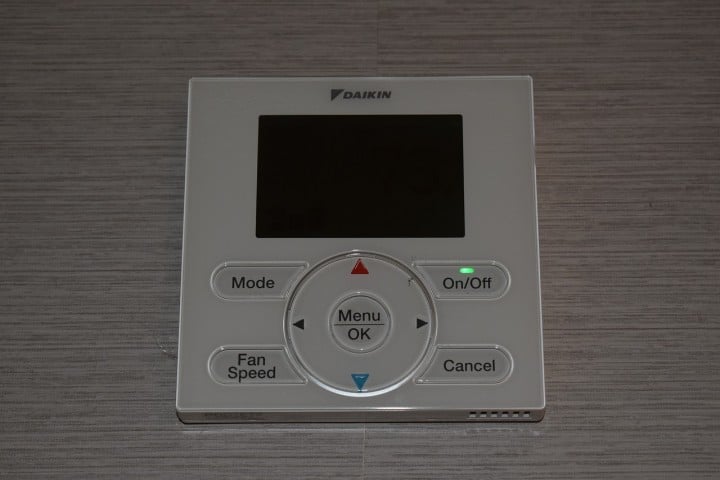Maintaining a comfortable home environment hinges on effective temperature control, and the thermostat is the central component in this balancing act. Different types of thermostats offer various levels of functionality, from basic manual models to sophisticated, programmable units that adapt to daily schedules. With energy efficiency and ease of use being primary considerations for consumers, the market has responded with an array of thermostat types to suit every need and preference.
Manual thermostats are the most traditional, requiring physical adjustments to set the desired temperature. Meanwhile, programmable thermostats allow homeowners to preset temperatures for different times of the day, reducing energy consumption when no one is home. Digital non-programmable thermostats provide a modern twist on manual models with the convenience of an easy-to-read display. Additionally, smart thermostats represent the cutting edge of temperature control technology, offering remote operation and learning capabilities that tailor heating and cooling patterns to the resident’s lifestyle.
Selecting the right thermostat can lead to increased comfort, convenience, and cost savings in the long run. It is essential to understand the various features and capabilities of these devices to make an informed decision that aligns with one’s living habits and energy goals. Through advanced technology implementations, these devices continue to evolve, pushing the boundaries of what is possible in the realm of home temperature management.
Types of Thermostats
Thermostats play a critical role in temperature control within homes and buildings. They range from simple manual units to advanced devices that can learn usage patterns.
Mechanical or Non-Programmable Thermostats
Mechanical thermostats, also known as manual or non-programmable thermostats, operate on a simple mechanism using bimetallic strips or a gas-filled bellows to sense temperature changes. They require manual adjustment to set the desired temperature.
Digital Non-Programmable Thermostats
Digital non-programmable thermostats feature an electronic sensor that detects temperature and a digital display. Users adjust temperatures manually, but the digital interface allows for more accurate temperature settings.
Programmable Thermostats
Programmable thermostats let users schedule temperature changes at different times of the day or week. This can lead to energy savings by allowing the thermostat to lower heating or cooling when not needed.
- 7-Day Models: Different settings for each day.
- 5+2-Day Models: Weekday and weekend settings.
- 5-1-1 Models: Weekday, Saturday, and Sunday settings.
Smart Thermostats
Smart thermostats provide remote operation via internet-connected devices. They often include features such as energy consumption reports and maintenance reminders. Compatibility with smart home ecosystems allows for integrated home automation.
Learning Thermostats
Learning thermostats go a step further by automatically adjusting temperature settings based on user behavior and preferences. Over time, they identify patterns and make energy-efficient adjustments without user input.
Factors to Consider When Choosing a Thermostat
When selecting a thermostat, compatibility with one’s heating and cooling system is paramount. Not all thermostats work with every system, so it’s important to verify compatibility to ensure efficient operation.
Programmability levels vary between thermostats; some offer basic settings while others provide more complex scheduling options. Choosing a programmable thermostat can lead to enhanced temperature control and potential energy savings.
Ease of use is critical. Thermostats with intuitive interfaces and simple controls improve user interaction, reducing the likelihood of incorrect programming which could hinder temperature control.
Features like Wi-Fi connectivity and smart controls allow for remote temperature adjustments and integration with smart home systems.
For energy efficiency, one should seek thermostats that provide usage reports and adaptive learning capabilities for optimized temperature control and reduced energy consumption.
Installation should be manageable or may require professional assistance depending on the complexity of the thermostat.
Lastly, consider the cost of the thermostat, keeping in mind that higher upfront expenses for advanced models may lead to long-term savings through more efficient energy use.
- Compatibility
- Programmability
- Ease of use
- Features
- Energy efficiency
- Installation
- Cost
We hope you found this blog post on 5 Different Types Of Thermostats, useful. Be sure to check out our post on How Home Temperature Affects Your Health? for more great tips!
Have Experience in the Moving Industry? Want an Additional Income Stream? Work With All Around Moving!
Partner with us and we’ll help you make money. If you want to apply your expertise in the moving industry, team up with us and we’ll help you make money. Click here to learn more.






